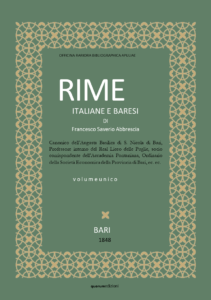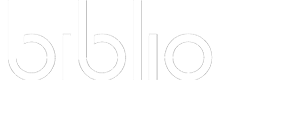In the new generations, reading tends to decrease more and more, in part, also, due to the Digital Transformation [1].
Although, since the early 2000s, some experiments have been conducted on printed texts integrated with digital solutions. It has been hypothesized that the expansion of content with graphics, animations, and digital audio in Augmented Reality (AR), transform hardcover Book reading into a dynamic and engaging experience. This improvement could favour a return of interest in the paper printed book, too.
As suggested by Virginia Clinton after several studies, “My findings weren’t fair to screens because the screens couldn’t offer everything they could… they were really just a shiny piece of paper” [2]. Digital books miss something in terms of appeal. Clinton – a strong supporter of digital books – changed her mind when some students refused to study with this support. Students considered those lacking suggestions and expansions. Digital books, as Clinton reported, were identified as just a shiny piece of paper. While, by contrast, the introduction and the use of AR contents could change this interpretation, improving, firstly, the use of the never-ending book, and subsequently to restore the interest in the paper books.
From some studies made, researchers have deduced that the use of AR in education improves the learning of students fixing abstract concepts [3]. In this perspective, “one of the most interesting uses in recent years among the promising educational applications are AR books” [4].
The first experiments of integrated texts with contents in AR were implemented in the first decade of the new century in mathematical publishing and biochemical. Effectively, these pioneering experiments have initiated the research that led to the definition of the ARBook model. The aim was to motivate the experience of users positively.
However, all these experiments were based on AR configurations for desktop PCs, being limited in production fallout from several critical issues: high costs, unattractive product appeal, limited user capabilities.
The breakthrough came with the introduction of AR solutions for mobile devices, well known and widely used by the different age groups of the new generation of digital natives.
The model ARBook that launched this new phase of the research was the “MagicBook” [5], realized with the functions of education and edutainment for children and young people of school age, which allowed users to read the physical book as a printed text and display 3D content via handheld [6].

Recently, D.A.BI.MUS. S.r.l. [7], a spin-off of the DISUM Department, University of Bari Aldo Moro, with the Publishing House QuorumEdizioni, Italia S.r.l. [8], has focused its research on the use of ancient and historical books. Dabimus wants to further innovate this sector with an Expanded Endless Book: an emotional interactive model of ARBook evolved is going to be created. The idea launched is in a prototype phase. An anastatic reprint of an ancient text linked to the Apulian Region has been chosen. The reason: a curated book in the typographic design makes it qualitatively attractive and, at the same time, interactive thanks to the application of solutions innovative digital models on the model of Artbooks that expand the textual content to intercept the interest of a young audience. Methodologies of digitization of analogue artefacts with the innovative use of applications in AR are mixed.
The aim is to encourage interaction with dynamic contents personalized by users. The user will have the perception of reading an analogue book. The innovation proposed consists of the high interactivity with the ARBook and the contents charged. Hence, the user is a prosumer who can add contents and opinions.
By UNIBA
[1] Faggiolani C., Federici A., (2018), L’affordance della biblioteca: Modalità d’uso emergenti dalle indagini Istat, Biblioteche 3:36, pp. 5-16.
[2] https://hechingerreport.org/evidence-increases-for-reading-on-paper-instead-of-screens/, (last consulted: 06/03/2021).
[3] McKenize, J., Darnell, D., (2003), The eyemagic book: A report into augmented reality storytelling on the context of a children’s workshop. NZ: Centre for Children’s Literature, Christchurch College of Education.
[4] Martgetis, G., Ntelidakis, A., Zabulis, X., Ntoa, S., Koutlemanis, P., Stephanidis, C., (2013), Augumneted physical books towardseducation enanchment. User-Centerd Computer Vision (UCCV), 2013 1st IEEE Workshop on, pp.43-49.
[5] Billinghurst, M., Kato, H., & Poupyrev, I., (2003), The magic book: a transitional AR interface. Computers & graphics, 25(5), pp. 745-753.
[6] Tomia, A. B., Dayang, R., Rambli, A (2013), An Interactive Mobile Augmented Reality Magical Playbook: Learning Number with the Thirsty Crow, International Conference on Virtual and Augmented Reality, in Education, Procedia Computer Science 25 (2013), pp. 123-130.
[7] https://www.dabimus.com, (last consulted: 06/03/2021).
[8] https://quorumedizioni.it, (last consulted: 06/03/2021).

